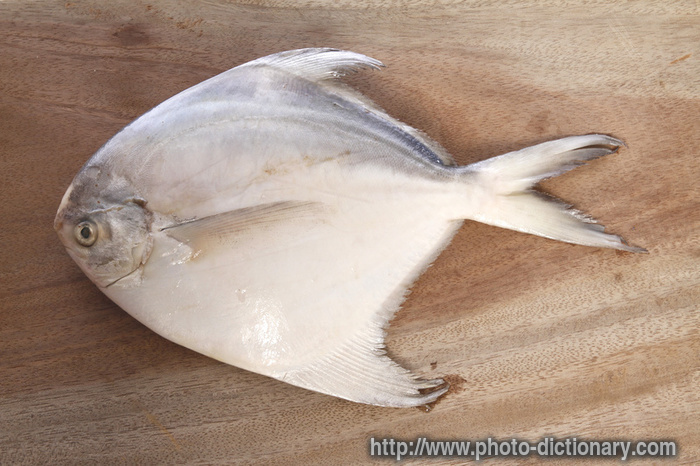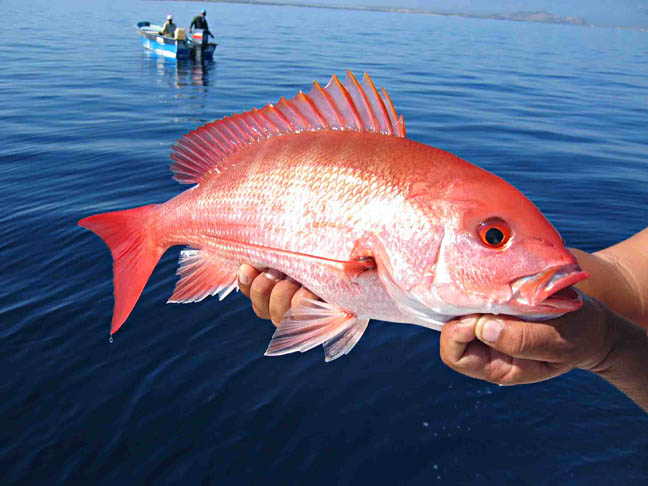Pomfret
 |
| http://photo-dict.faqs.org/phrase/9414/silver-pomfret.html |
 |
| http://www.mexfish.com/fish/rsnp/rsnp.htm |
Grouper
 |
| http://michaelnotmike.wordpress.com/2011/07/10/grouper-almondine-michael/ |
Of course there are many more that I cannot remember at this point.
In United States, however, the most commonly eaten fish are salmon, tuna and cod. Take a walk around any Chinatown in any American city and you will see that there are many more varieties available.
In my experience, the best way to cook a fish is to pan-seared it. There is essentially no prepping time and the reward at the end is high, granted if you start with a piece of fresh fish.
Pan-seared Fish
In this recipe, the only thing that you need to prep in advance is to chop up some ginger, shallots (and scallion, if you like).
1) start with a piece of fish. I chose a piece of salmon fillet.
2) pat the fish dry and sprinkle both sides with generous amount of salt and black pepper.
3) Heat some oil in a non-stick pan and transfer the fish into the pan. Turn the heat to medium.
4) Depend on the thickness of the fish, it will take about 10 minutes to cook each side. I have cooked a fair share of undercooked or overcooked fish. It does takes experience to get this right.
5. If you are French, the next thing you add at this point is butter, which you can still do if you are not French. I used to do that a lot.
6. Once the fish is done cooking, take it out of the pan and let it rest on a plate.
7. Leave some oil in the pan. Fry the chopped ginger and shallots until the shallots turn brown (you can add chillies, scallion, herbs, or any aromatics that floats your "fish").
8. Add a splash of soy sauce into the pan, and transfer the content of the pan onto the fish.
9. Serve.
Easy eh?
It took me many years to discover a little kitchen "equipment" called the "oil screen". I used it all the time whenever I cook something that cause a lot of oil splash and I highly recommend using it.



No comments:
Post a Comment